
How to alter the passage of time to feel fast or slow
Knowing the psychology behind why moments drag or whizz by can give you a degree of control over your experience of time
by Martin Wiener

Knowing the psychology behind why moments drag or whizz by can give you a degree of control over your experience of time
by Martin Wiener
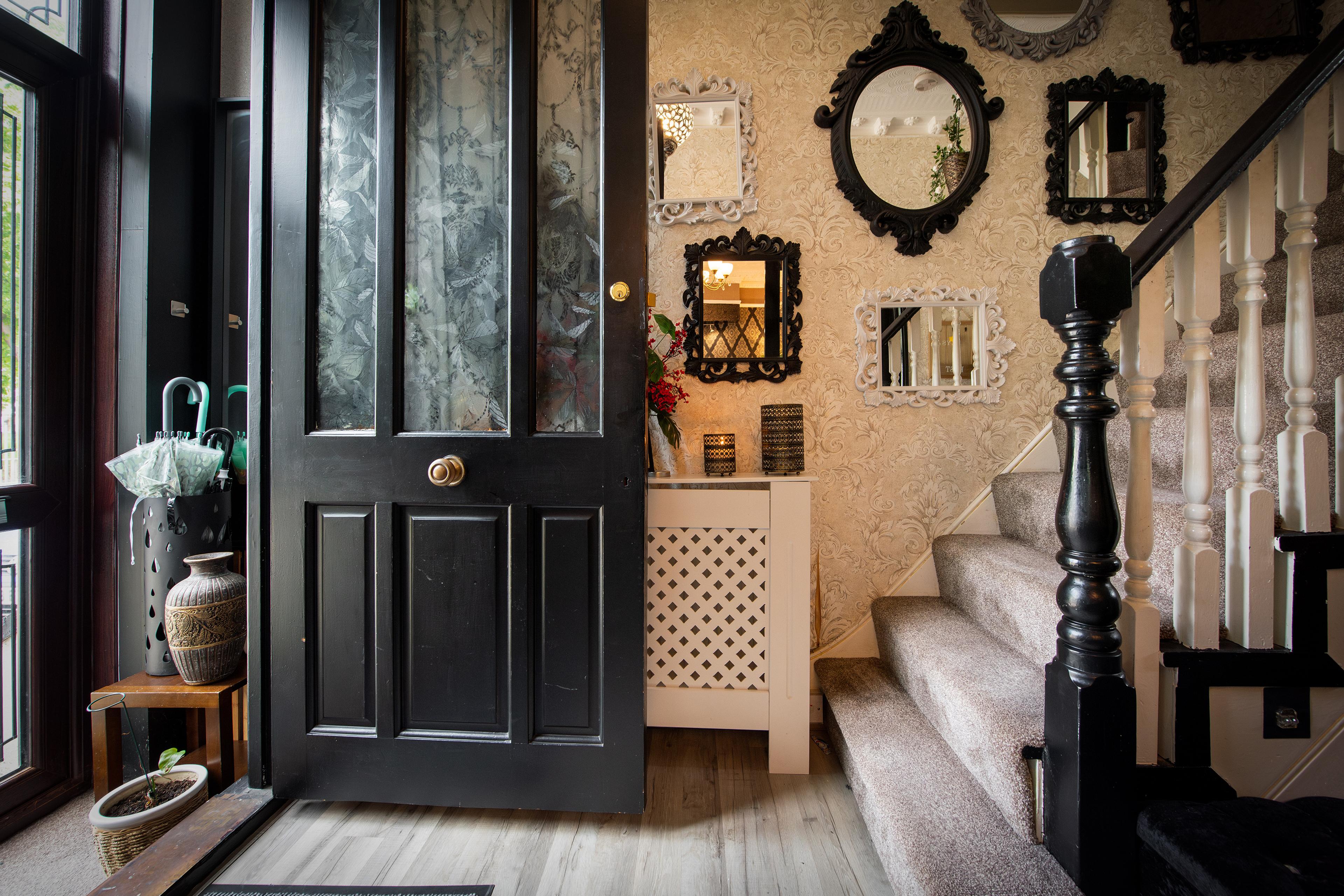
Upgrade your ability to recall dates, names or other details with an ancient trick of the memory trade: the ‘method of loci’
by Lynne Kelly
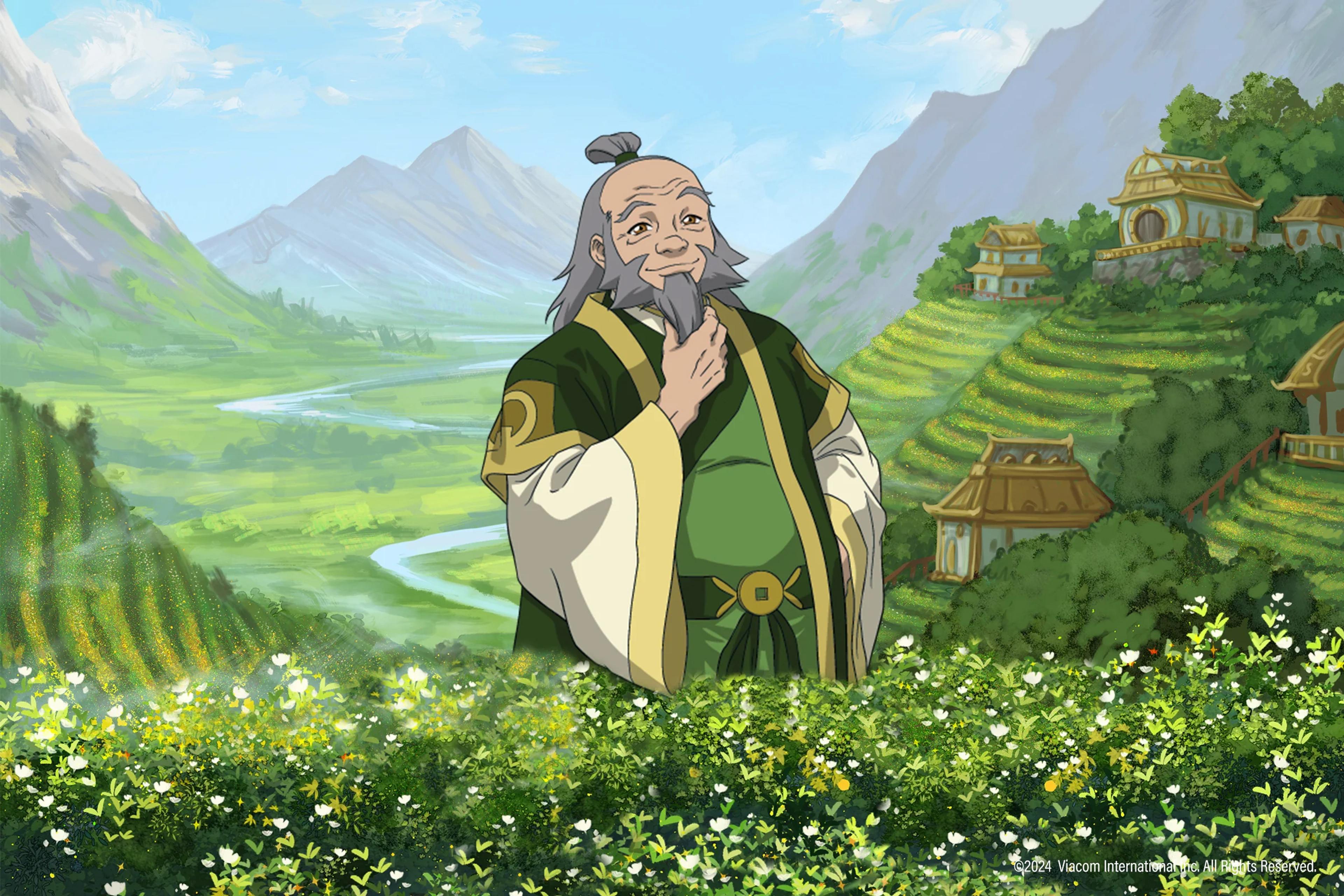
Scenes from books, movies and games sometimes carry as much weight as events from people’s own lives. We’re finding out why
by Osman Görkem Çetin
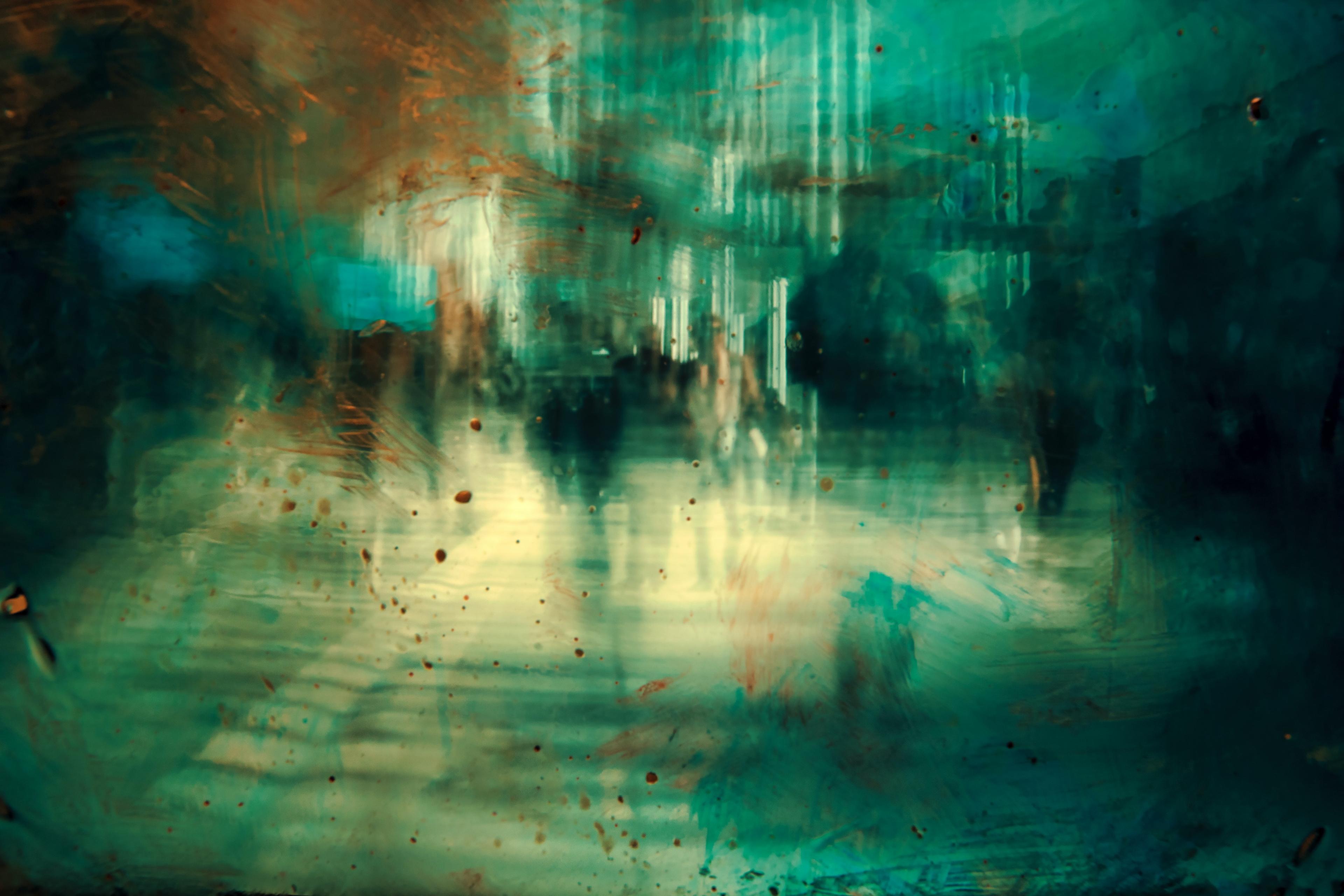
People with anterograde amnesia can’t rely on memory alone for their sense of self. Instead, they remember with their body
by Ben Platts-Mills
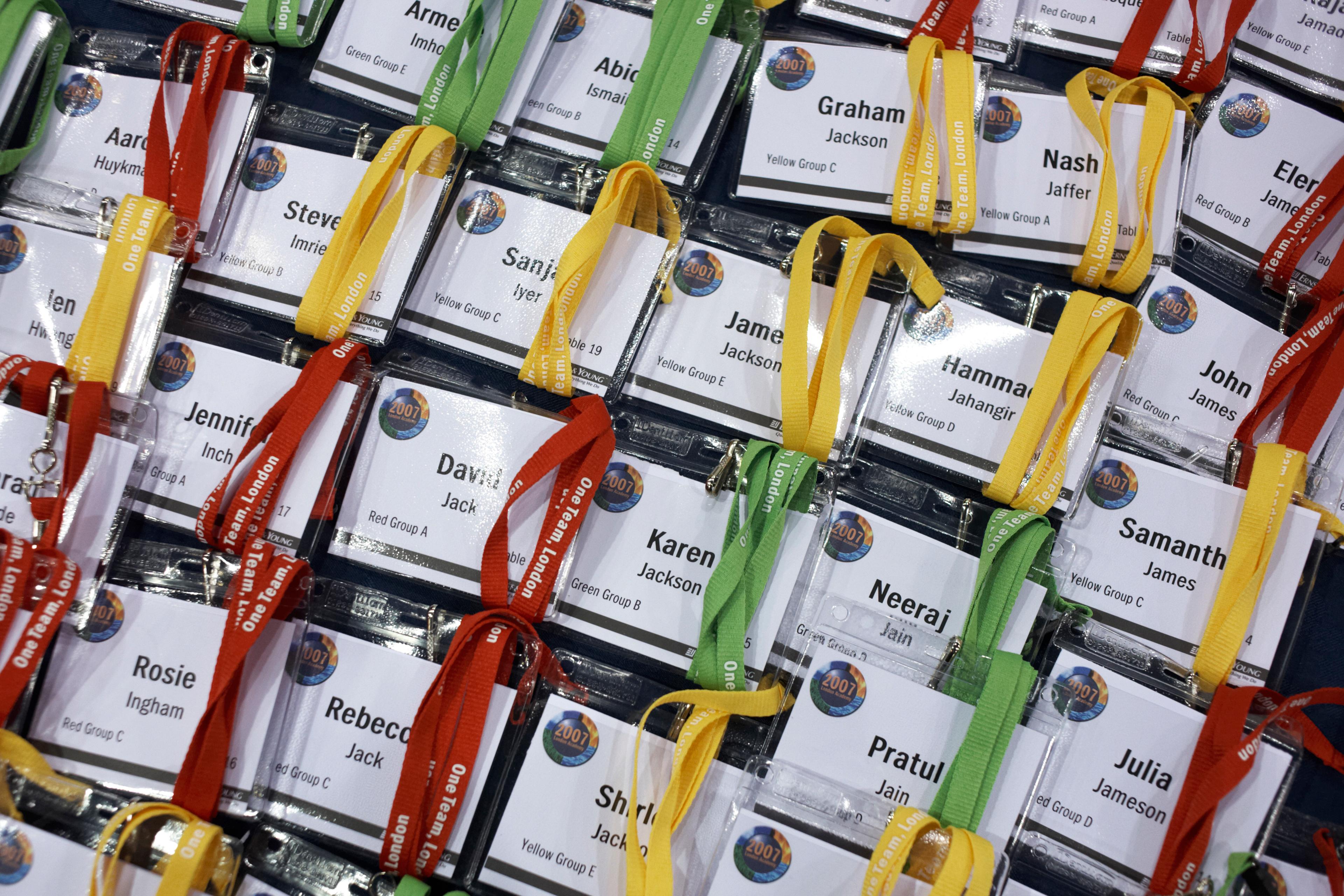
Frustrated by elusive names and misplaced phones? The science of memory reveals ways to improve your powers of recall
by Elizabeth Kensinger & Andrew Budson
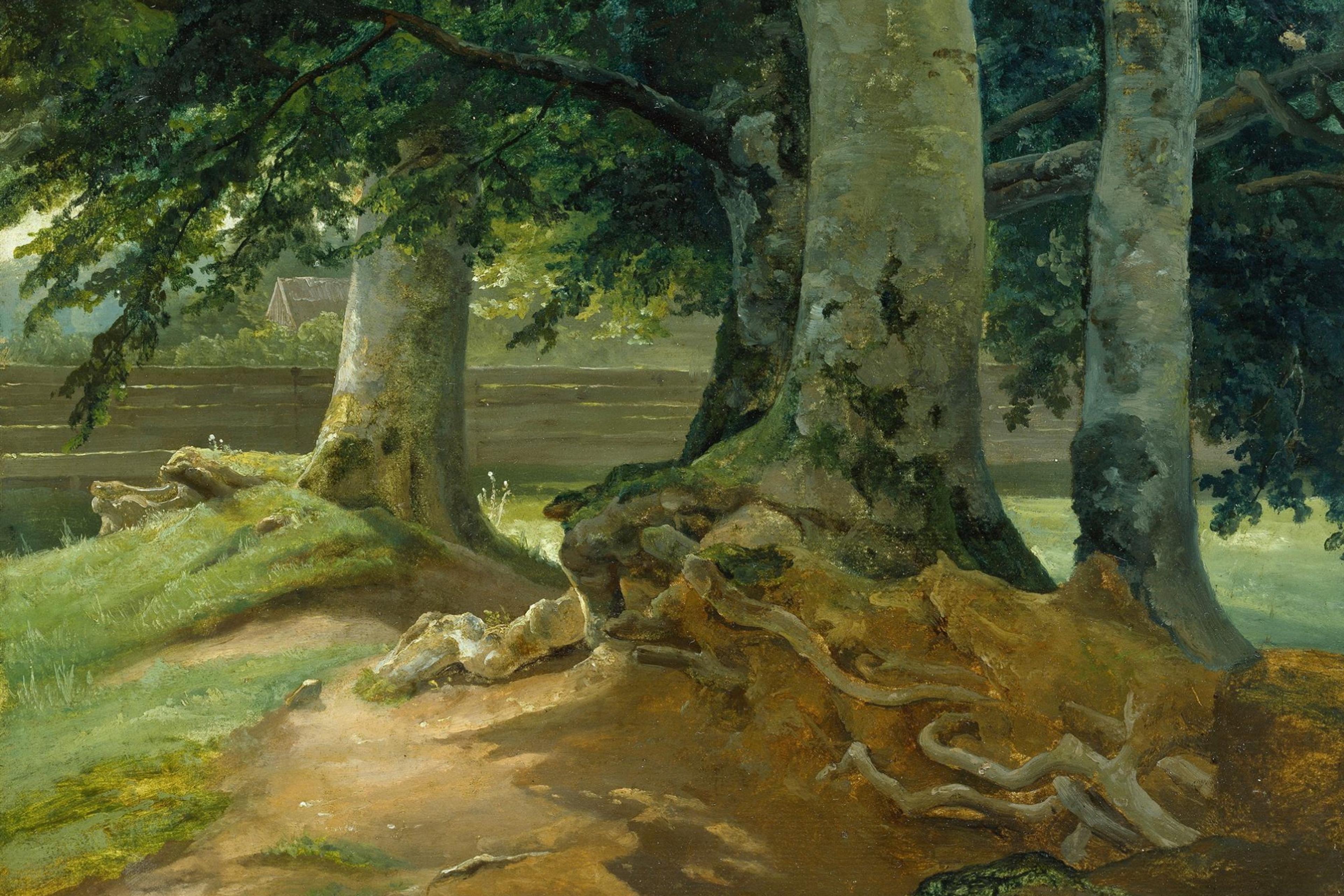
Aphantasia veils the past and the future from the mind’s eye. That can be a gift to philosophers like Derek Parfit and me
by Mette Leonard Høeg
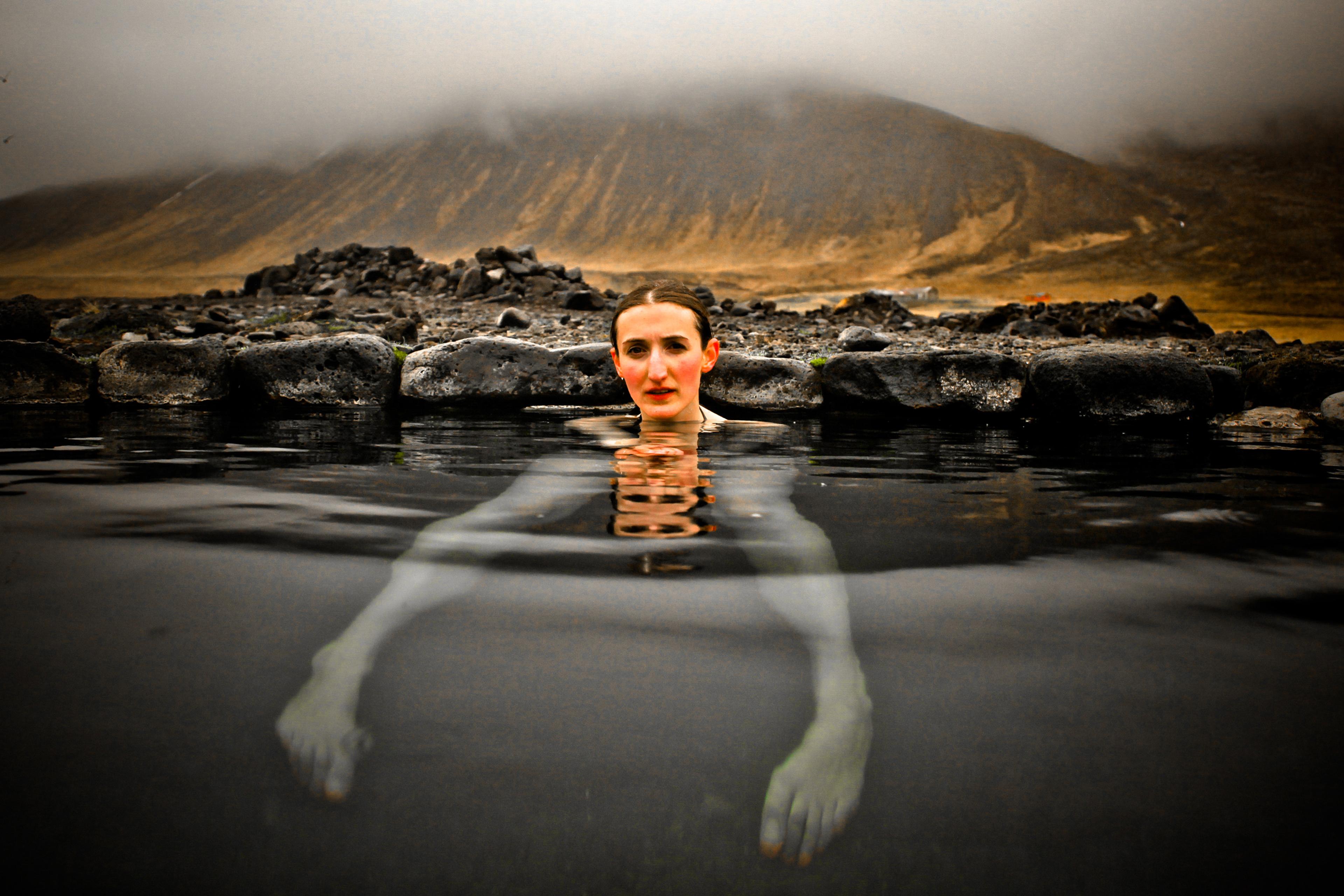
Directed by Scott Thrift
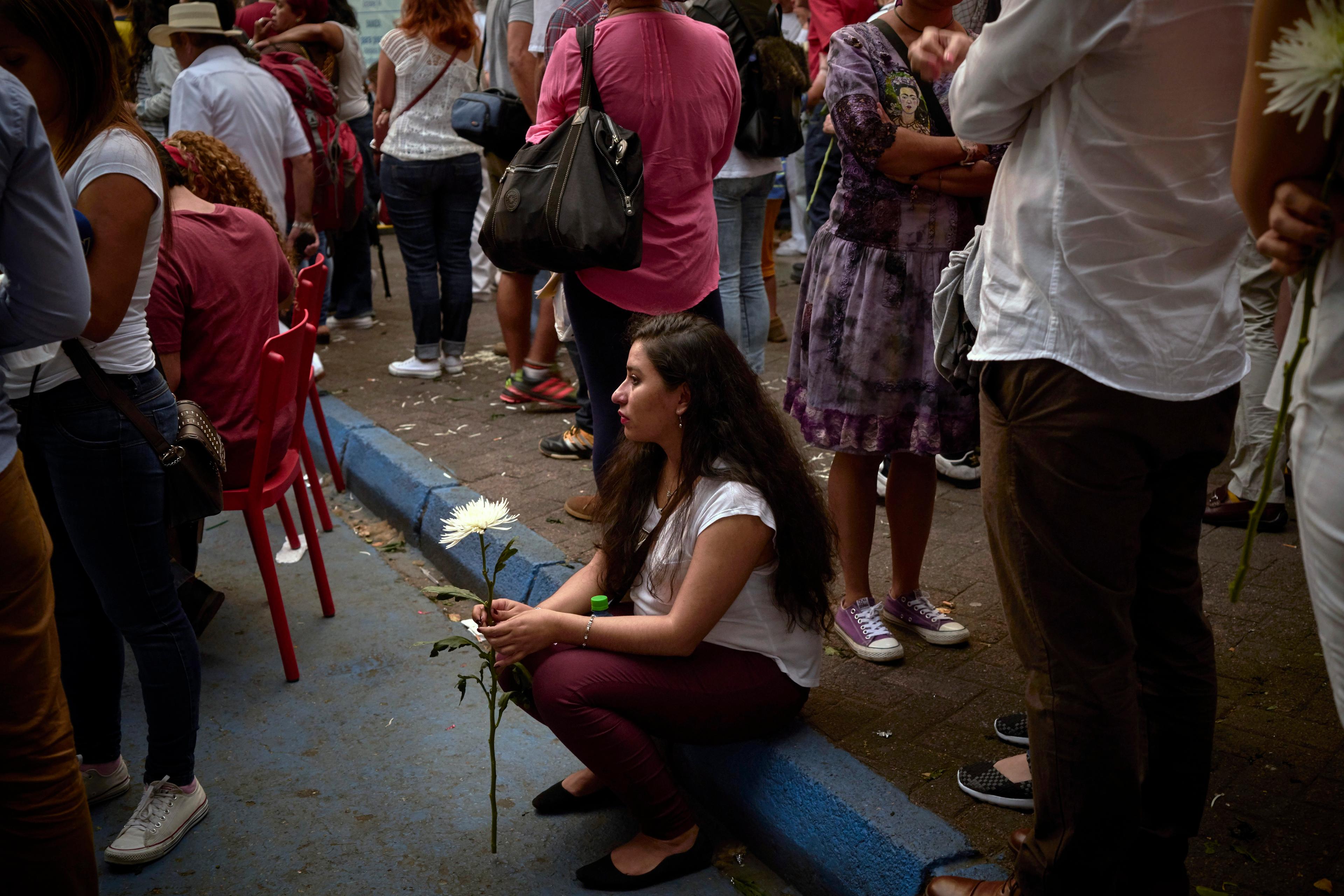
Forgiveness is colloquially linked with fading memory – but research is probing what it really means to let go of wrongdoing
by Shayla Love
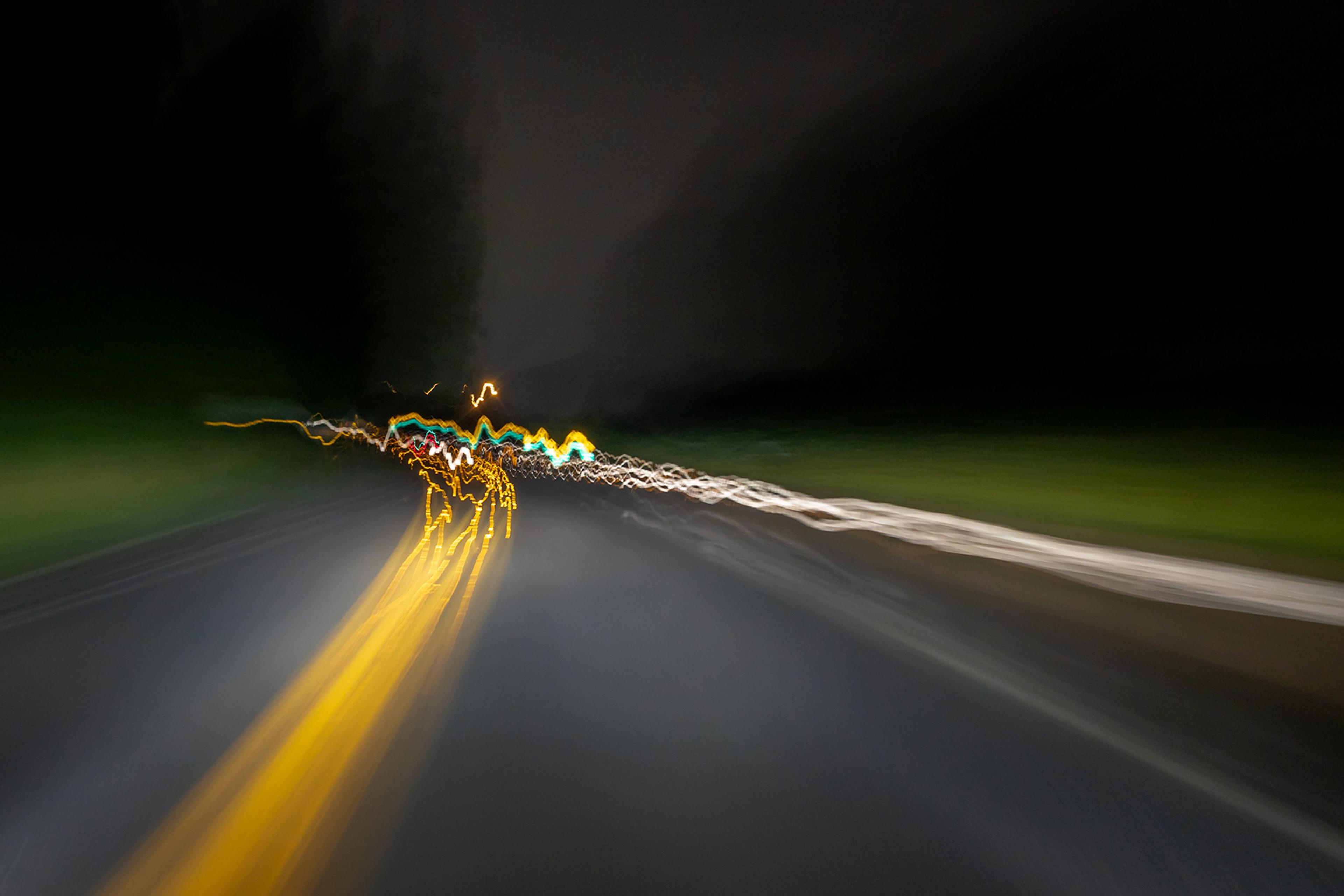
Sudden amnesia untethered me from my past. Was I the same person or had I become someone else?
by Steven Hales
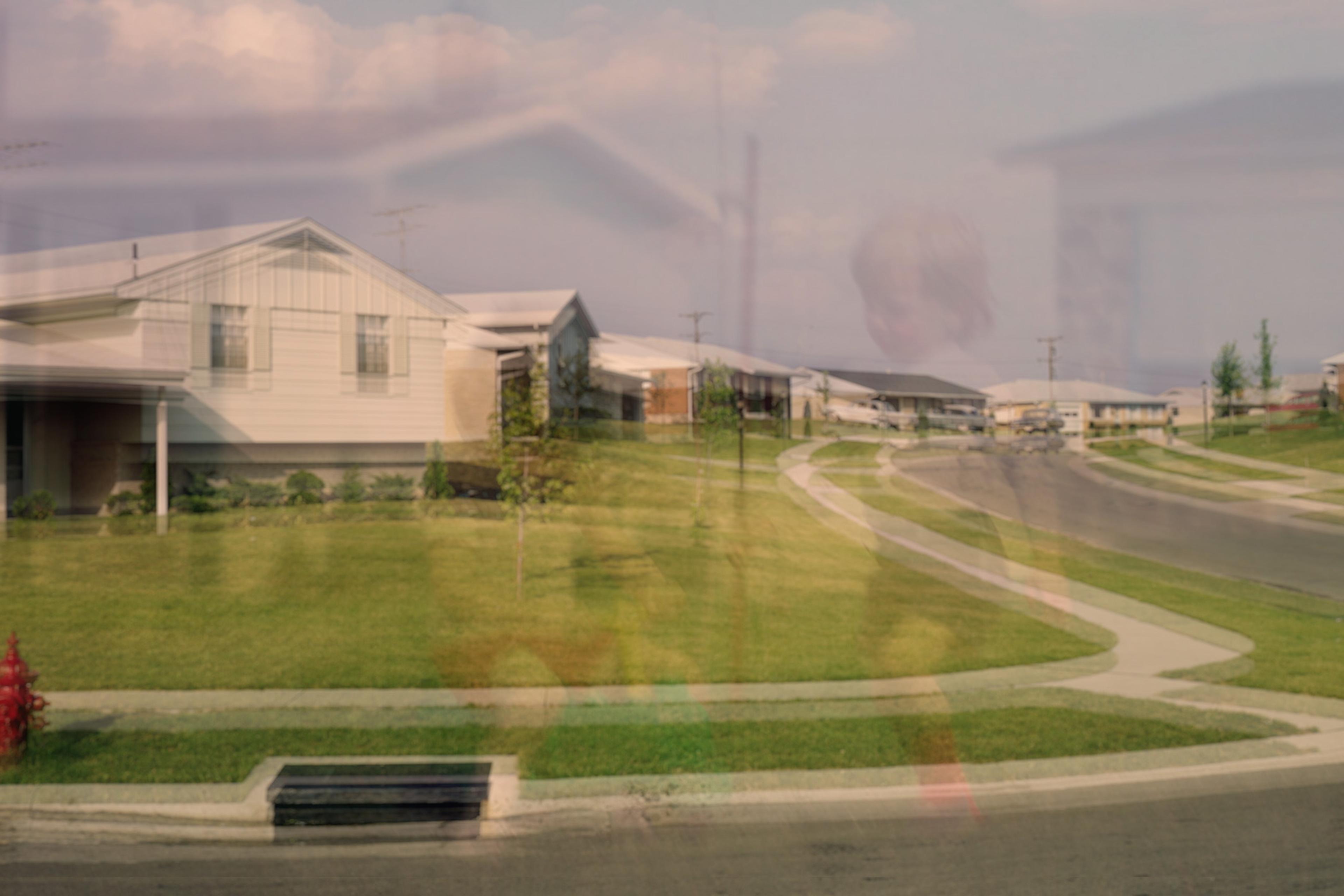
What can the many types of déjà experiences that most people have tell us about reality, memory and the gaps in between?
by Art Funkhouser

‘Might not madness be a mere derangement of memory?’ What Arthur Schopenhauer learnt when he went into the asylum
by David Bather Woods
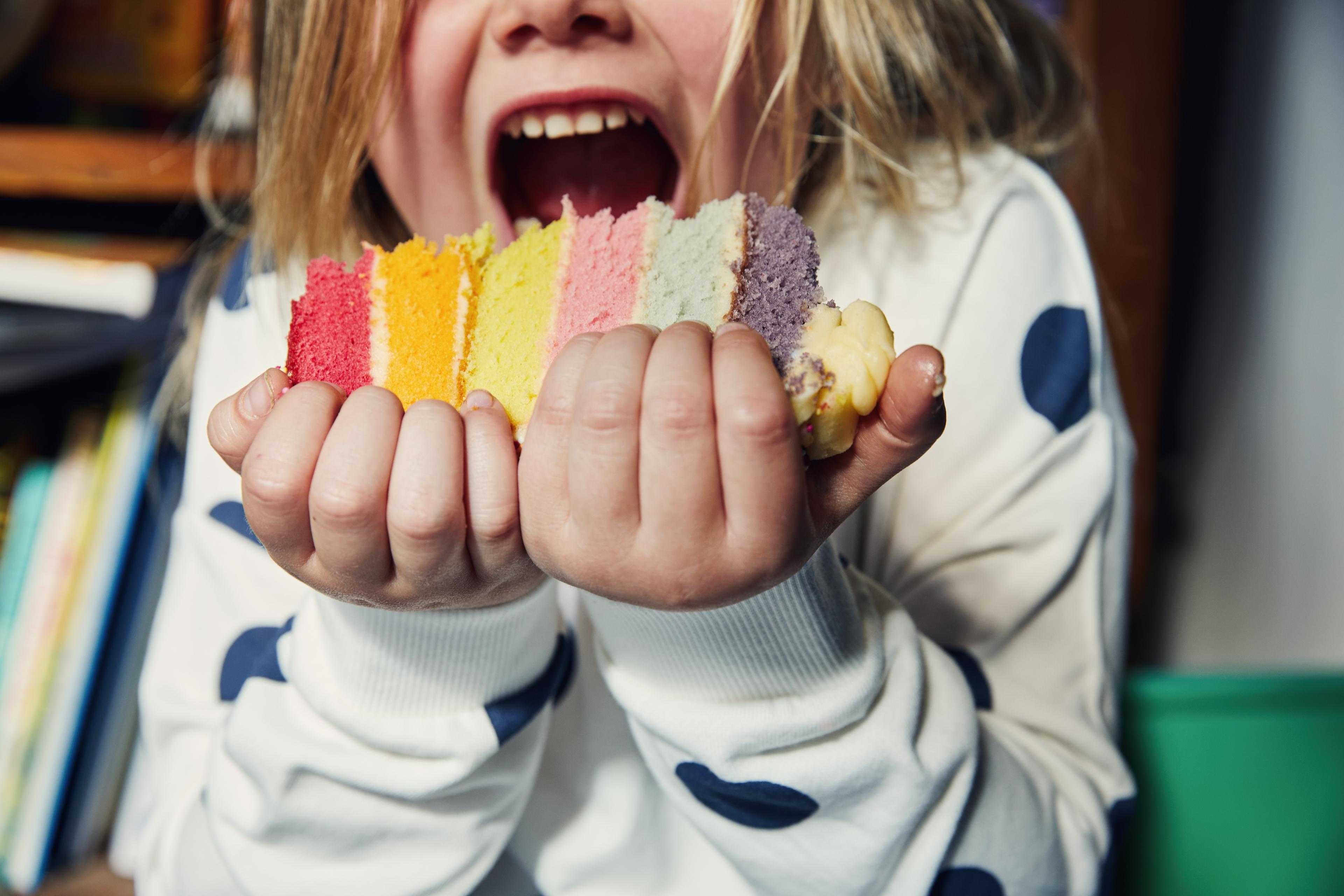
Nostalgia is a longing for the past, but psychologists are coming to realise it can focus on the future too
by Shayla Love
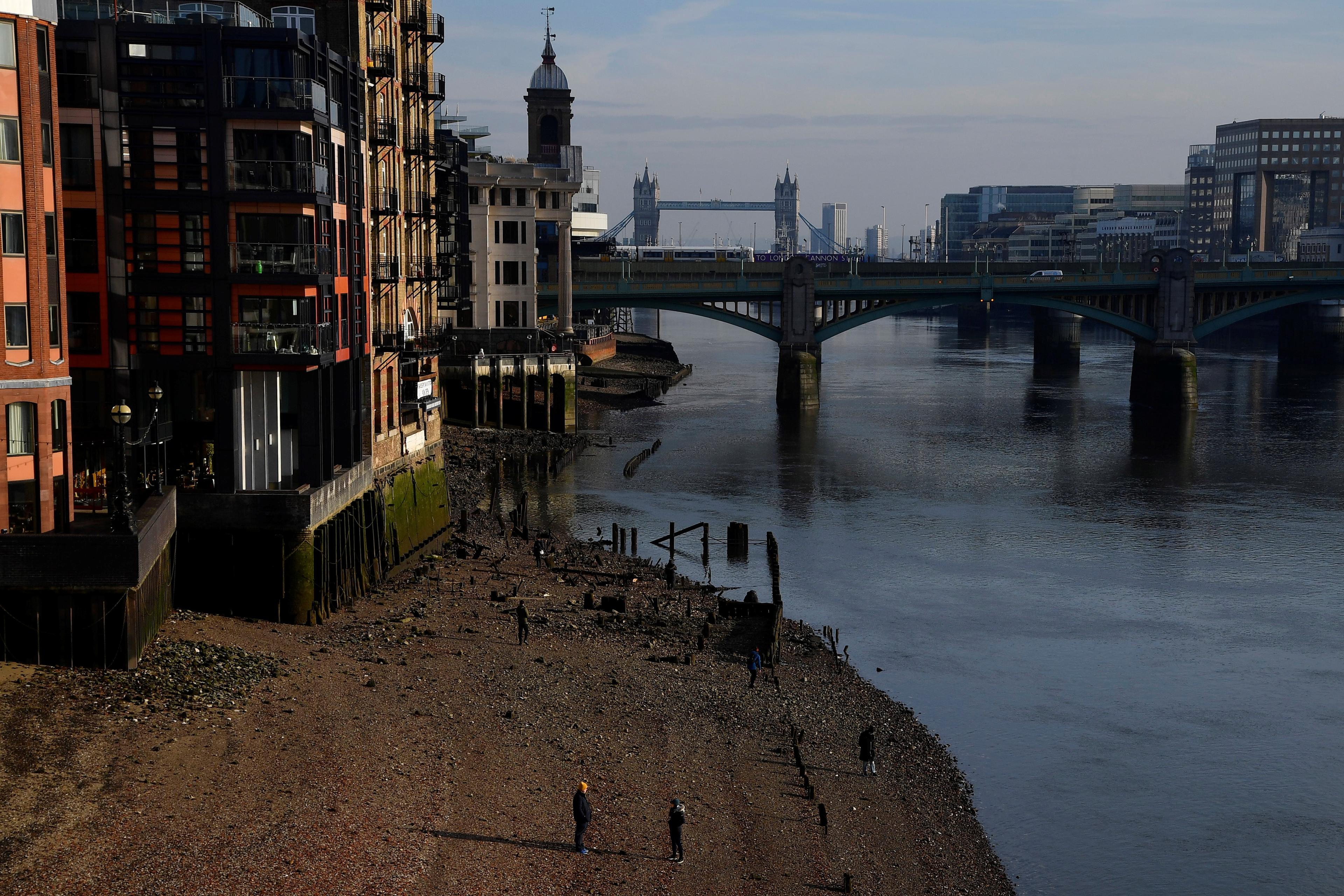
Time, like memory, is structurally fickle: days wrap back on themselves. The experience of it is hardly ever chronological
by Grace Linden
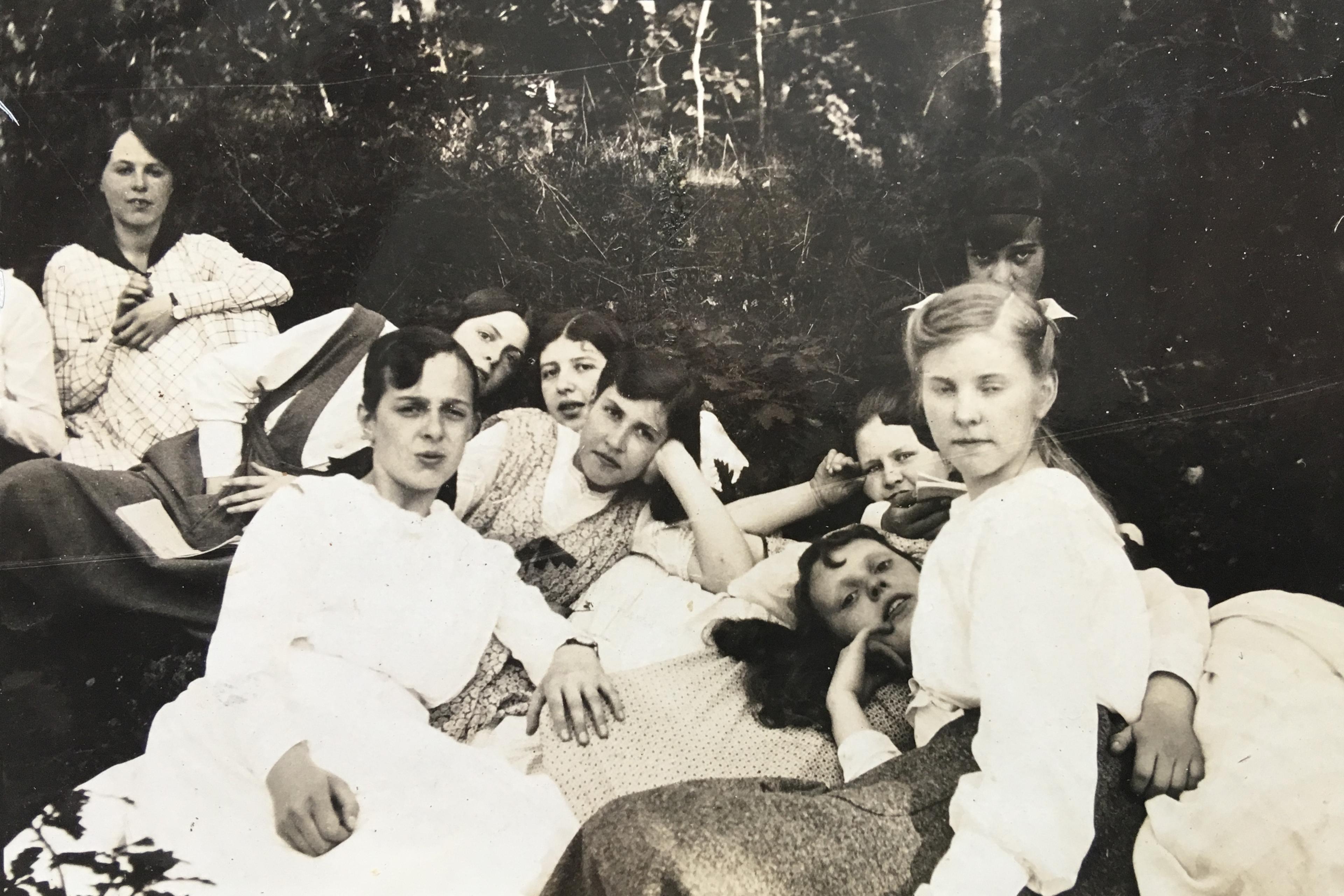
Memory allows us to break free from chronological time, to extend ourselves beyond a single life to embrace earlier generations
by Vicky Grut
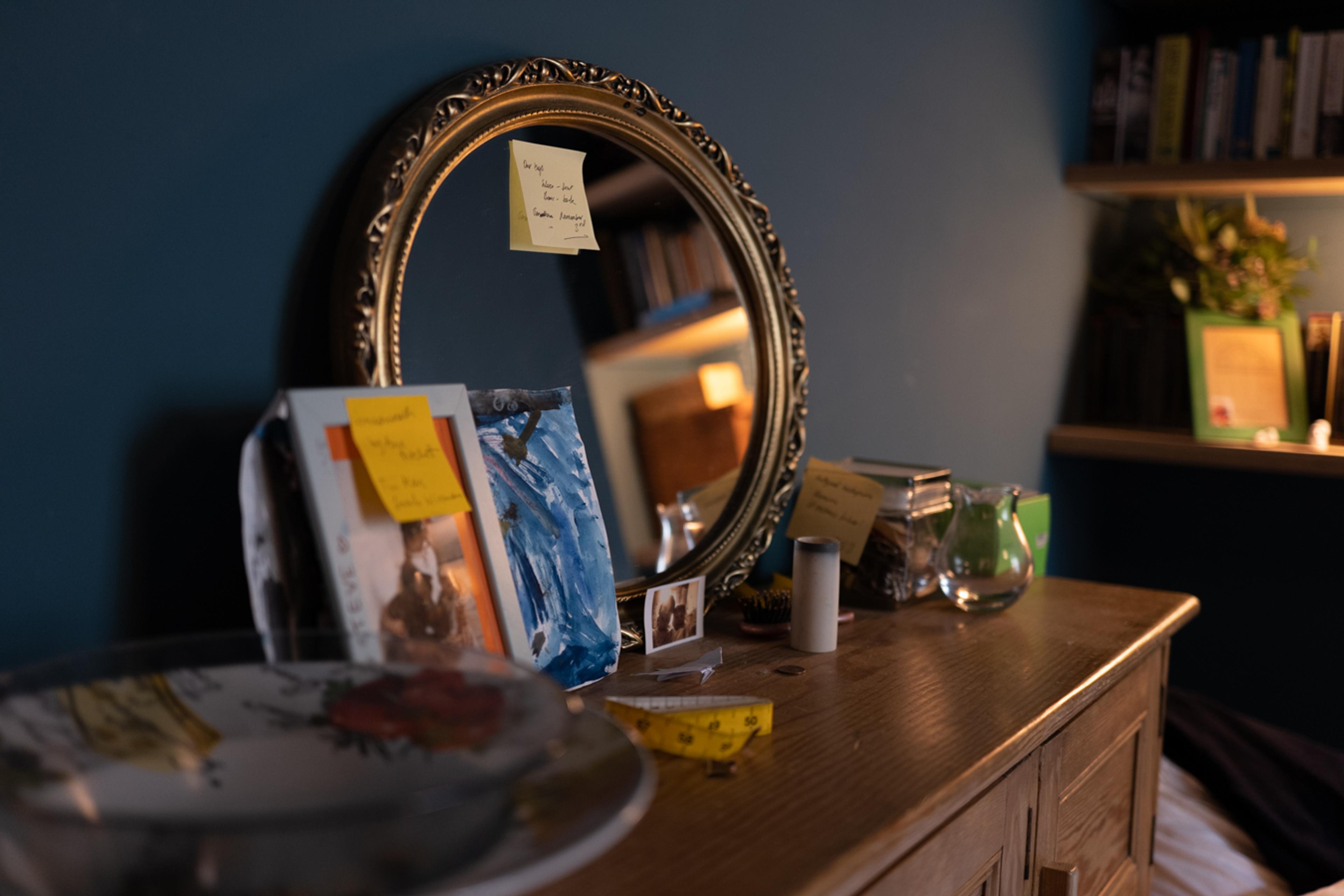
Dementia accelerates a process we all experience, as our memories become increasingly externalised into the world around us
by Crispin Sartwell
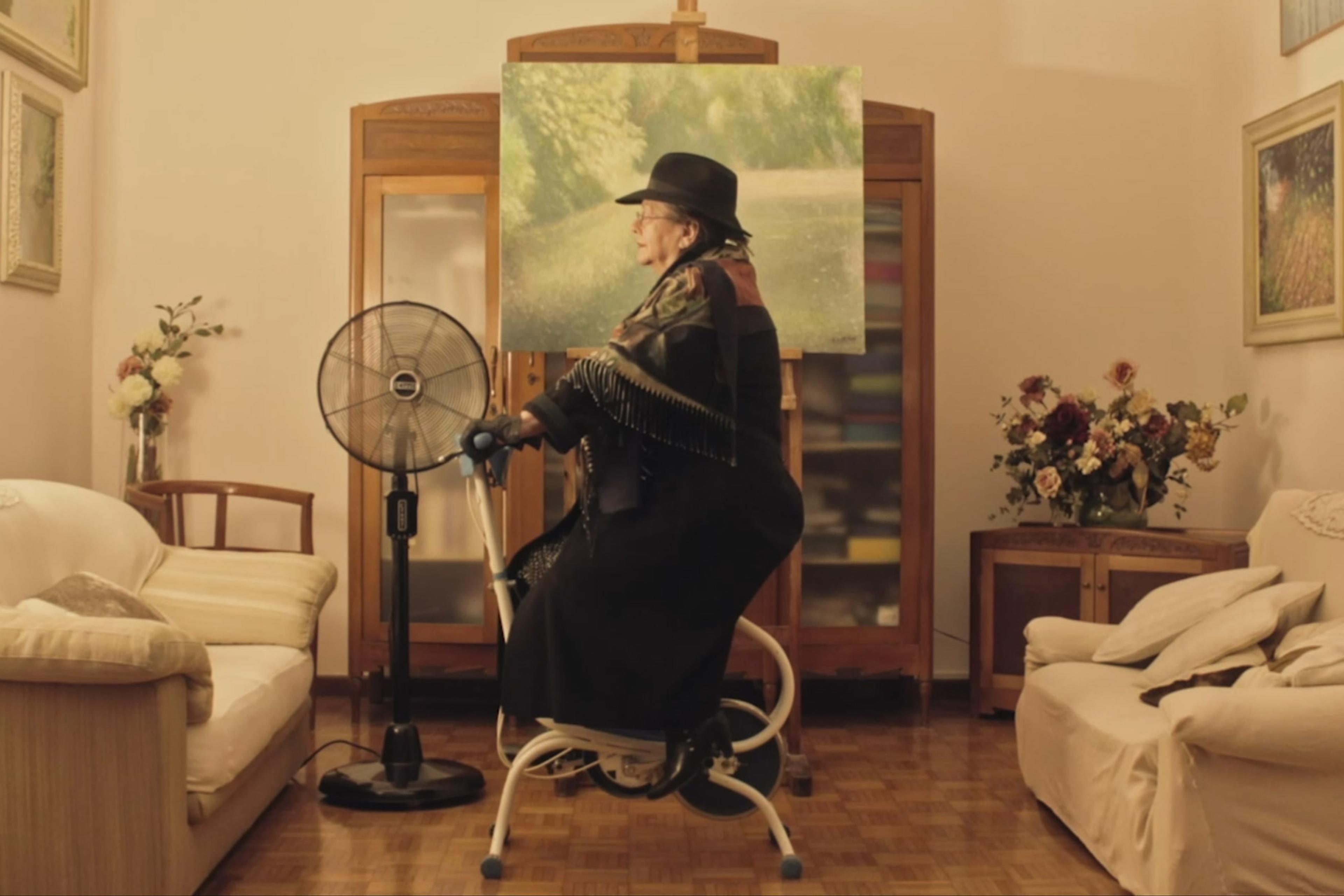
Directed by Maria Piva